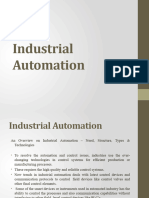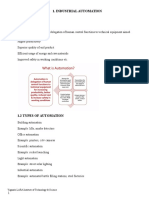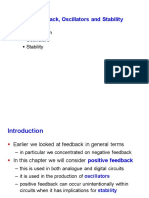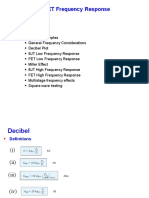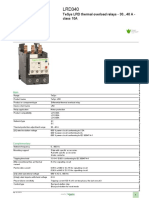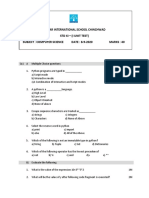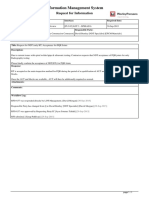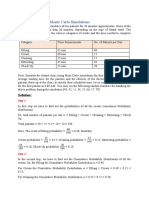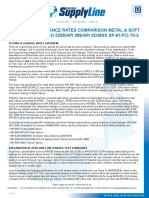0% found this document useful (0 votes)
10 views4 pagesSensors Review
Automation involves technologies that enable machines and systems to operate with minimal human intervention, improving performance over manual operations. Key components include PLCs, HMIs, actuators, communication networks, and various types of sensors, each serving specific functions in industrial automation. The role of automation in industry includes reduced production times, lower costs, enhanced product quality, and shortened product life cycles.
Uploaded by
I'm KephyCopyright
© © All Rights Reserved
We take content rights seriously. If you suspect this is your content, claim it here.
Available Formats
Download as PDF, TXT or read online on Scribd
0% found this document useful (0 votes)
10 views4 pagesSensors Review
Automation involves technologies that enable machines and systems to operate with minimal human intervention, improving performance over manual operations. Key components include PLCs, HMIs, actuators, communication networks, and various types of sensors, each serving specific functions in industrial automation. The role of automation in industry includes reduced production times, lower costs, enhanced product quality, and shortened product life cycles.
Uploaded by
I'm KephyCopyright
© © All Rights Reserved
We take content rights seriously. If you suspect this is your content, claim it here.
Available Formats
Download as PDF, TXT or read online on Scribd
/ 4


